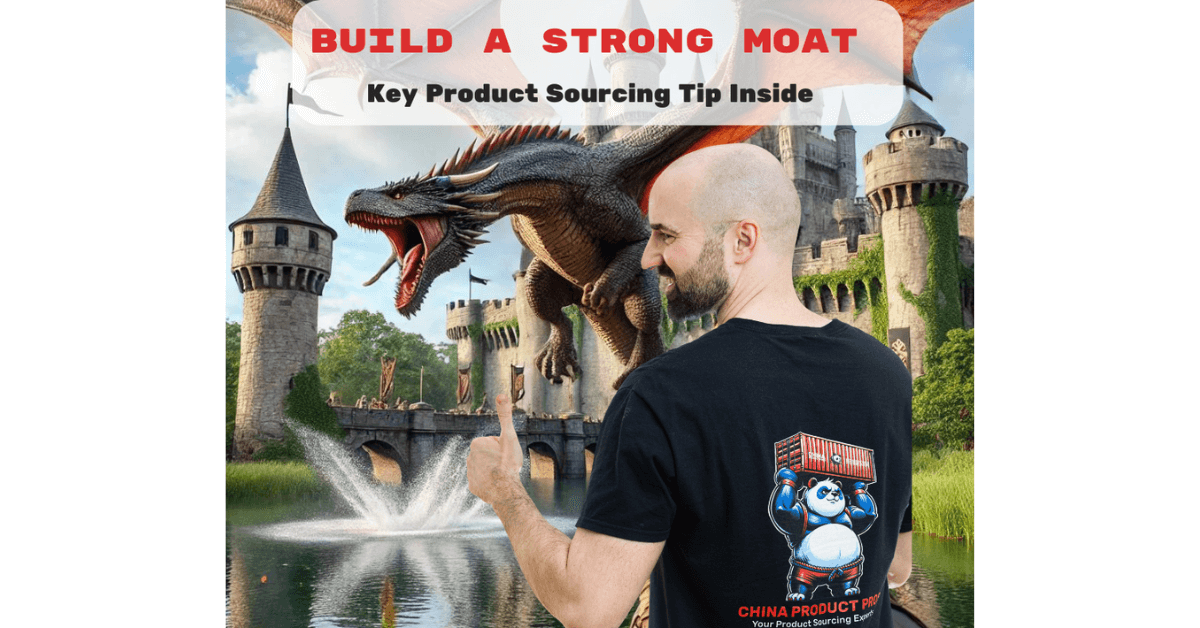Here’s a product moat that isn’t talked about enough.
Use it and get an edge over your competition.
Products easily get copied online. Very quickly. I remember my early shock when my best selling ice bucket in 2017 had 10+ competitors within 6 months.
That experience, among many others, reinforced the need for a stronger moat.
So, let me talk about a barrier to entry that doesn’t get nearly enough attention.
It’s a product that isn’t easily sourced. One that you’re probably not going to find on Alibaba. This makes it harder for competitors to jump in, giving you an edge.
Things that make a product hard to find:
– Specialized materials
– Complex manufacturing processes
– Unique supplier relationships
– Geographical limitations for sourcing or production
– Trendsetting new product that doesn’t widely exist
– High entry costs for raw materials or machinery
For this very reason, we rarely (read: extremely rarely) use Alibaba. Not only is it where everyone else is looking, but the pricing is usually positioned on the higher end for Western clients. It also lacks access to more exclusive, reliable manufacturers.
Case study in building a competitive barrier
For instance, we recently worked with a client who wanted to purchase a unique high-end metal product that was mostly manufactured in India. 99% of brands were buying from 10-20 major Indian suppliers, but there were constant complaints about a lack of uniformity across products and unattractive welding lines. On top of that, many of the Indian suppliers couldn’t handle high volume orders.
My team at China Product Pros took the time to dive deeper. We discovered the same product type was available in China through trade companies. After further investigation, we found those trade companies were sourcing from just two main factories. We reached out to the factories directly and discovered that their molding and manufacturing processes eliminated all of the aforementioned issues. Plus, they could produce in higher volumes and offered a specific painting technique that wasn’t available in India.
The best part? The favorite of the two factories had only one other direct client. Most of their orders were being funneled through trade companies that were upcharging the end client (and never revealing the factory).
Did I mention pricing? Even with the difference in tariffs, it was highly comparable to pricing from the Indian suppliers. Now, after an initial setup and design phase, the client is on track to place their first purchase order.
And they have the confidence in knowing that it would be incredibly difficult for any other brand to replicate their direct source.
This is the power of working with hard-to-source products. When you go beyond the obvious options, you create a moat that shields your brand from quick copycats.
Have you used this strategy before? How did it work for you?


0 Comments